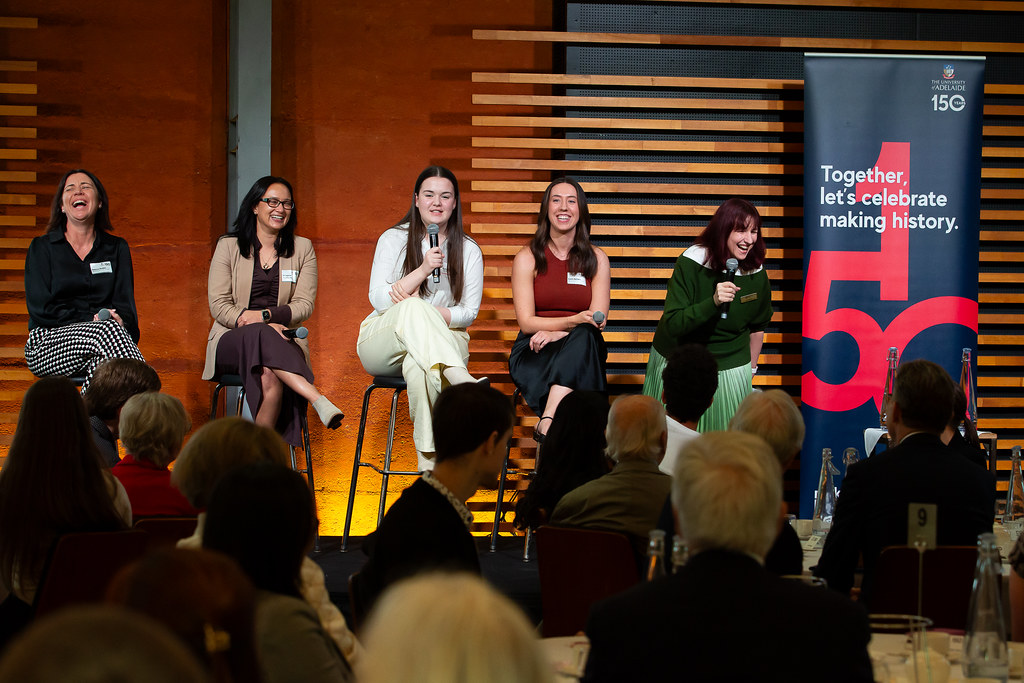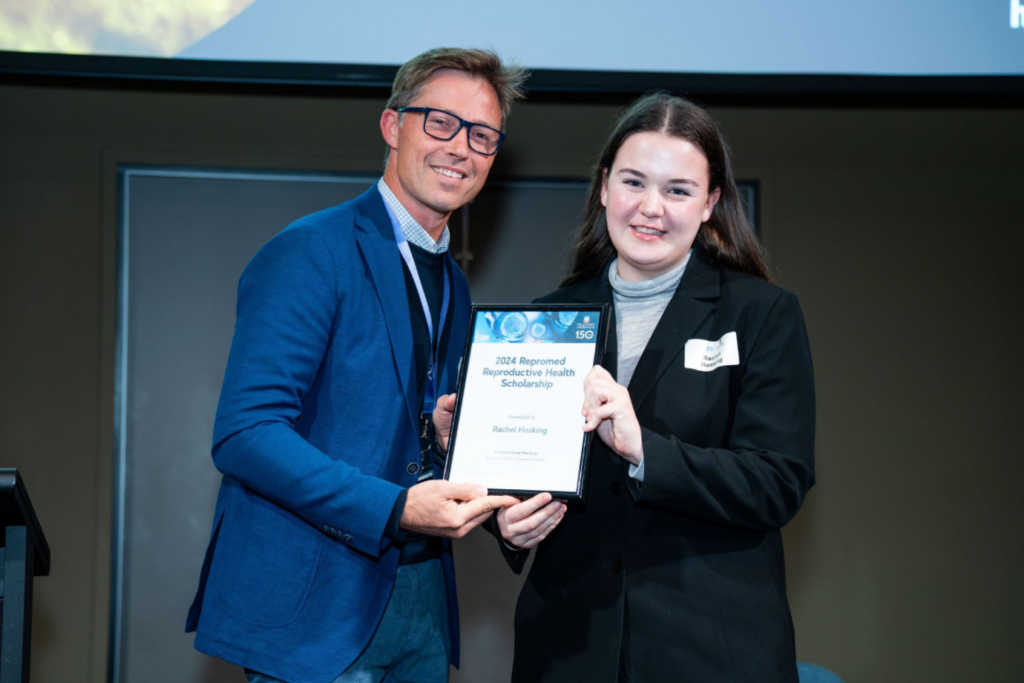Imagine waking up at 1:30 am to an alarm blaring in your ear. You’ve barely had any sleep. You ask yourself, “Why do I have to live like this?” This is the third alarm of the night. It’s been like this every night for the last three weeks. You crawl to the bathroom, change your sanitary pad to prevent the flooding of blood, and pray you get some sleep before school in 7 hours.
Just as you step through the door to the bedroom, your legs buckle from underneath you. You feel an excruciating squeezing sensation mixed with the feeling of an elephant squishing your internal organs. Your scream sends shockwaves throughout your house, and your mum’s broken-hearted face comes around the corner for the fourth night this week. You have undiagnosed endometriosis.
This was my life as a 15-year-old, trying to maintain straight A’s and a dux at school while getting minimal sleep. I tried my absolute hardest to live with this. But at some stage, the suicidal ideation sets in, and your ability to function goes out the window.
My mother had stage four endometriosis diagnosed when trying to conceive. She tried for years to have a baby, enduring countless surgeries due to her endo, hormonal treatments and years of heartbreak.. Both of us knew exactly what was at stake. I booked an appointment with the family GP to raise my very valid concerns surrounding my debilitating period pain.
He said the all-too-common phrase, “It’s just a period.”
I decided to challenge him; I told him of my mother’s history of endometriosis and asked to be referred to a gynaecologist.
But still, I was told, “You don’t need to see a gynaecologist until you want to get pregnant, and besides, the only cure for endometriosis is pregnancy.” I was only sixteen.
Three male GPs, six different oral contraception prescriptions, three psychologists, and one validating female GP later, and I had a referral to a gynaecologist. Private health insurance equated to a 9-month waiting period between referral and initial consultation. The waiting period would have been three years if I were in the public system.
My incredible gynaecologist took one look at my symptoms and booked me for laparoscopic surgery with IUD insertion. While the gas was flooding into my lungs as I was about to be put under, I was terrified. Terrified that they wouldn’t find anything. Maybe the GPs were right; I’ve made this whole thing up.

I woke up, and the first thing I saw was my compassionate gynaecologist telling me they found it. I had endometriosis.
The emotions were a cocktail of confusion; I was overjoyed with validation but terrified of what my future had in store.
My outlook on life as someone living with a chronic condition is bittersweet. I wake up every day with pain. Part of me wants to stay in bed, but 99 per cent of me knows that there are so many individuals who have it worse or are even just starting out on their endometriosis diagnosis journey who need my help.
I am committing my life to them. I should not have to live like this. But neither should they.
The tutors at the University of Adelaide and the Robinson Research Institute observed my passion to change the present landscape in women’s health and introduced me to Dr Jodie Avery. This incredible woman is the leader of IMAGEndo®, a tool that uses AI to take MRIs and transvaginal ultrasounds to diagnose endometriosis without surgery.
Surgery is the current go-to for diagnosing and removing endometriosis, but with recent advances and investment in diagnosis techniques for women’s health, thankfully, more treatment options are becoming available.
Dr. Avery saw my passion and drive for endometriosis and welcomed me into the research world. Her ability to inspire others and harness their abilities to create meaningful careers is astronomical. For me, she supervised my honours degree to assess endometriosis’s effects on a woman’s quality of life. She has inspired me to take on my current PhD considering adolescent endometriosis diagnosis and its impact on patient outcomes.
My PhD journey has been fruitful. I am attending conferences interstate, going to parliament, speaking at interviews, analysing integral data, making friends, meeting those with endometriosis, undertaking systematic reviews, and creating businesses.

The Cost of Endo
As a PhD student, the cost of living is already sky-high.
To date, endometriosis costs me approximately $400 monthly to maintain at an endurable level. This includes medications, sanitary products, tens machines, physiotherapy, and doctors’ appointments.
Hope comes back to you when a doctor tells you of a new medication that may make endometriosis tolerable. However, when they inform you it will cost you another $130 a month, that light fades quickly. It is unaffordable.
Thankfully, the recent announcement from the government to place new endometriosis treatment on the PBS means that women suffering from endo pain can go to the GP and get the affordable primary care treatment they deserve.
No one deserves to live with endo pain, but all too many still do. I am turning my pain into a passion for change, and I want to inspire other women living with endometriosis to do the same. I would say to them – talk to your GP about pain management and share your story, and don’t hide your pain; there are options.


